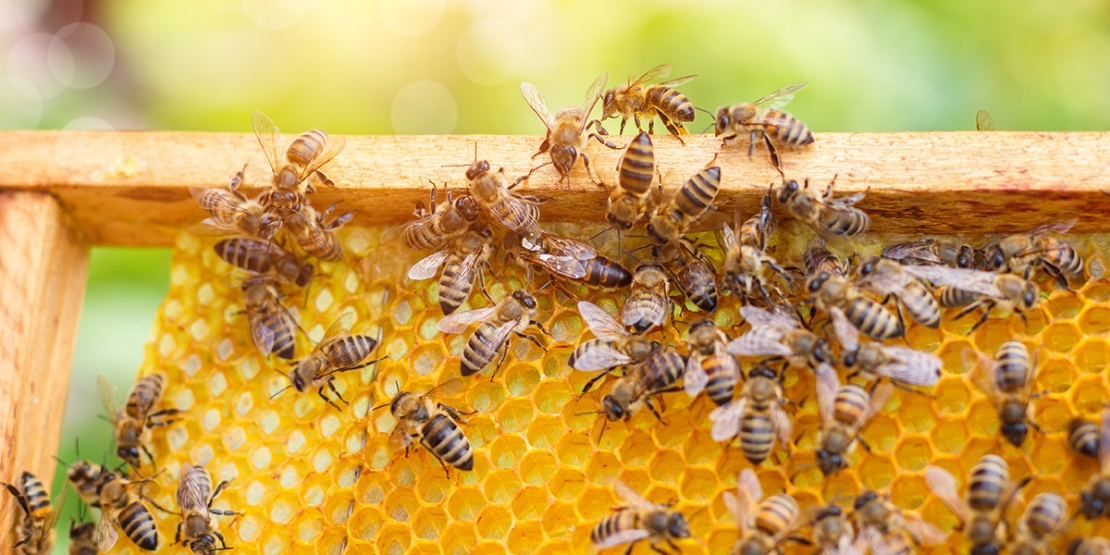A hive is a commonly cited example of collective performance. A recent article by Zycus takes the analogy even further by suggesting that procurement management strategy can be based on the organisation of bees.
Four lessons emerge from this article that specify how procurement departments can challenge and improve their collective operation:
Procurement lesson no. 1: Staying focused on the objective
The most important thing for bees is the survival of the hive. This survival is only possible when the following two conditions are met:
- Perfect cohesion between the workers
- Constant activity
That is why every worker bee is busy with collective work from morning to evening, and is not easily distracted.
When applied to procurement, this observation encourages each team member to focus on the core purpose of their role: buying better and buying cheaper.
This objective must come first. It must drive all efforts and justify the wholehearted shift to digitalisation in instances when it offers obvious improvements.
In addition, staying focused on the objective presents a second advantage for procurement departments: collective strength. Collectively reflecting on a solution to achieve a common goal saves time and energy, especially in difficult situations.
Procurement lesson no. 2: Sharing information
Bees have three dances to communicate where food is located:
- They dance in small circular movements if nectar or pollen can be found less than 50 metres from the hive.
- They dance a figure of eight if food is between 50 and 150 metres away.
- A third dance is performed if it is worth travelling further than 150 metres.
The second lesson for procurement departments is therefore about the importance of having a common language and sharing information.
Does this mean that buyers must all learn to dance?
Not necessarily, because digitalisation does this for them! Source-to-Pay solutions allow supplier information to be shared. An innovative and reliable supplier is like nectar to procurement departments.
Procurement lesson no. 3: Creating an agile structure
A hive can be home to around 20,000 to 50,000 bees. The colony's development relies on the bees' extraordinary ability to co-ordinate their tasks and their movements. Each worker bee is assigned a specific task but stays connected with their co-workers.
In the context of procurement, the bees' fine-tuned structure allows us to consider the qualities of a flexible and agile organisation. A procurement management structure based on the organisation of a hive would operate under three principles:
- A very short line management hierarchy
- Highly autonomous units governed by objectives
- Constant co-ordination between units
Procurement lesson no. 4: The leading manager
The queen bee is at the top of the colony's hierarchy. The queen has the exhausting task of ensuring the posterity of the colony by increasing the number of members.
The most prestigious role in the hive is to feed the royal offspring. The queen herself chooses the most committed workers to take care of the larvae.
This fourth lesson can teach Chief Procurement Officers about their leadership. Keeping the procurement department operational and giving it a driving role within the company is based mainly on its ability to on-board new team members.
While there is no need to become royalty, the Chief Procurement Officer must adopt three of the queen bee's main strengths:
- Exemplary behaviour
- Gratitude
- The ability to propose challenges
In conclusion, the collective effectiveness of the hive offers procurement departments a wealth of practical inspiration. Nectar and pollen are replaced by innovative suppliers. The queen bee is represented by the Chief Procurement Officer.
But what really matters is that cohesion, communication and the shared project remain at the heart of team performance.
Since the dawn of time, nature has been distributing tasks and demonstrating collective success within the hive, while expending minimal energy. Digitalisation is now able to accomplish this for procurement departments.
For even more useful tips before starting your own digital transformation, take a look at this article by Xavier Laurent, Director of Value Added Services: Four good reasons for procurement departments to use procurement management software.








